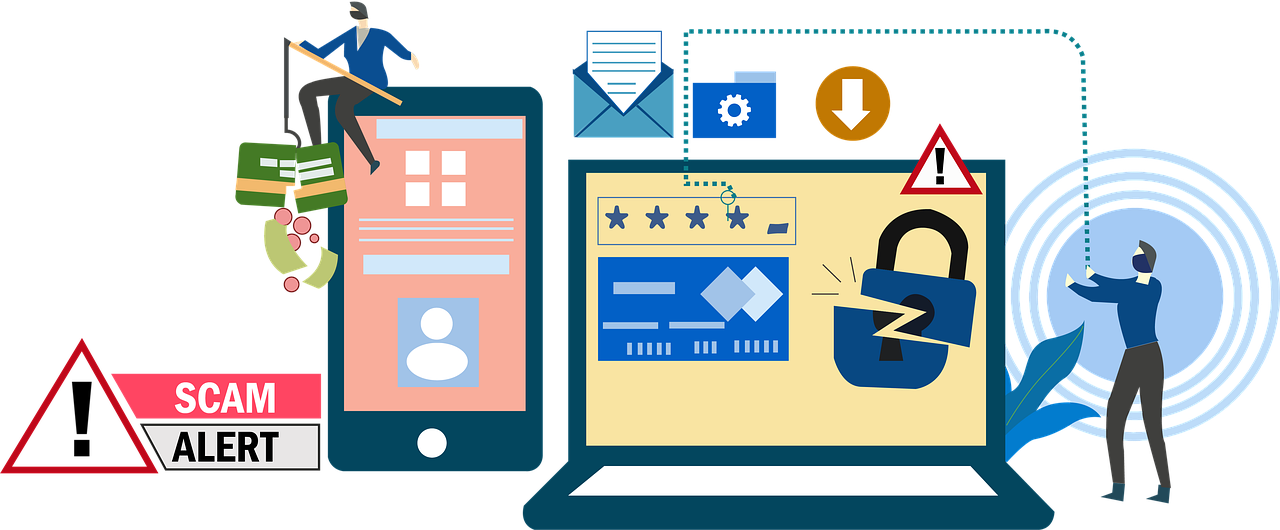
Introduction
Phishing remains one of the most widespread and dangerous cybersecurity threats of our time. In 2024, as online transactions and the exchange of digital information continue to grow, it is crucial to understand the risks this type of attack poses to individuals and businesses. This article explores what phishing is, how to recognize it, and most importantly, how to protect yourself effectively.
What is Phishing ?
Phishing is a cybercrime method that deceives users into disclosing sensitive information, such as passwords, credit card numbers, or personal details. This technique often involves creating fake emails or websites that mimic legitimate entities, tricking victims into sharing their confidential information.
Concrete Example:
Imagine receiving an email supposedly from your bank, informing you that your account has been compromised. You are prompted to click a link to reset your password. This link actually leads to a fraudulent site designed to steal your information. This type of attack is not only common but increasingly sophisticated, making detection more difficult for untrained users.
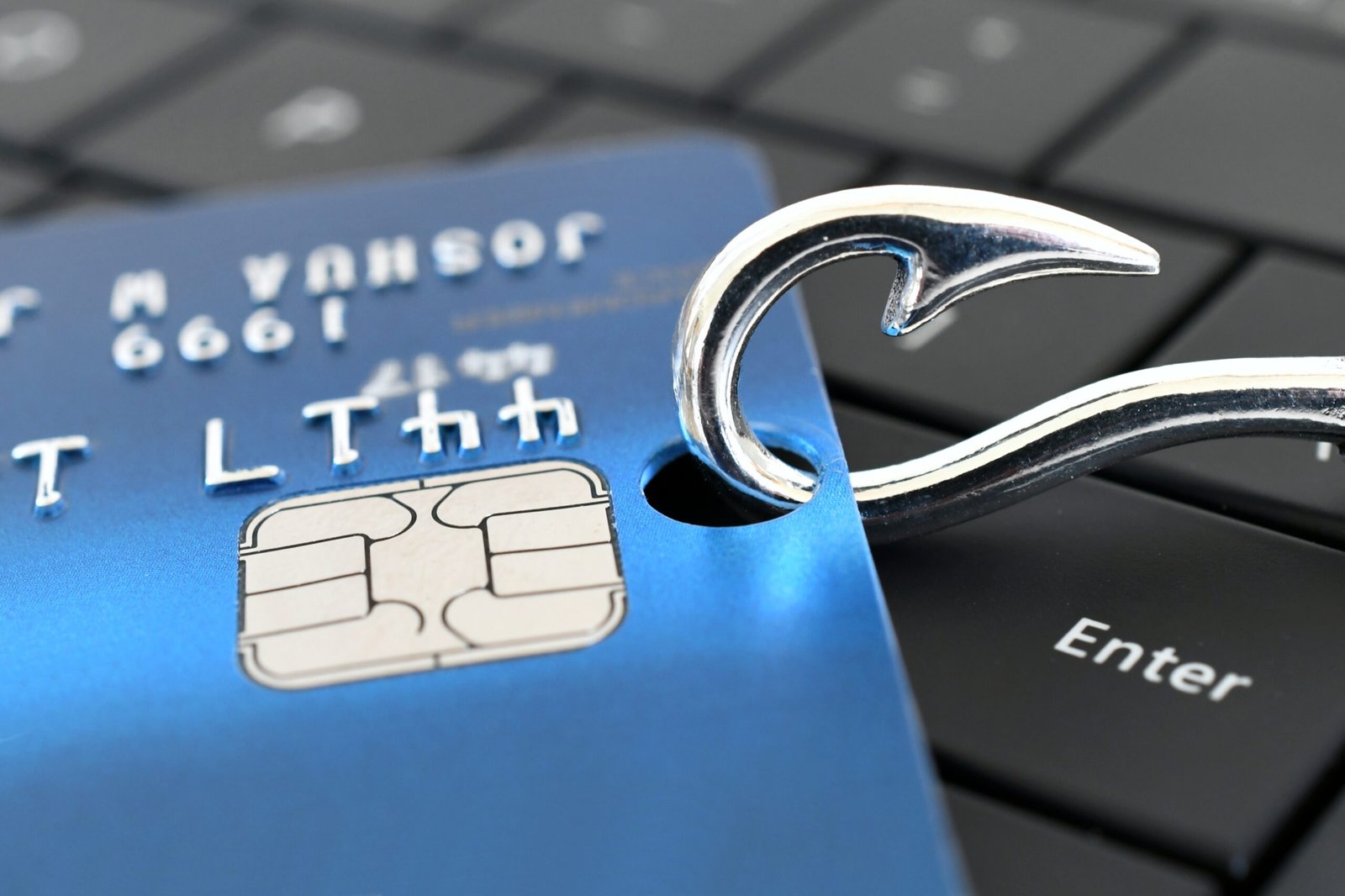
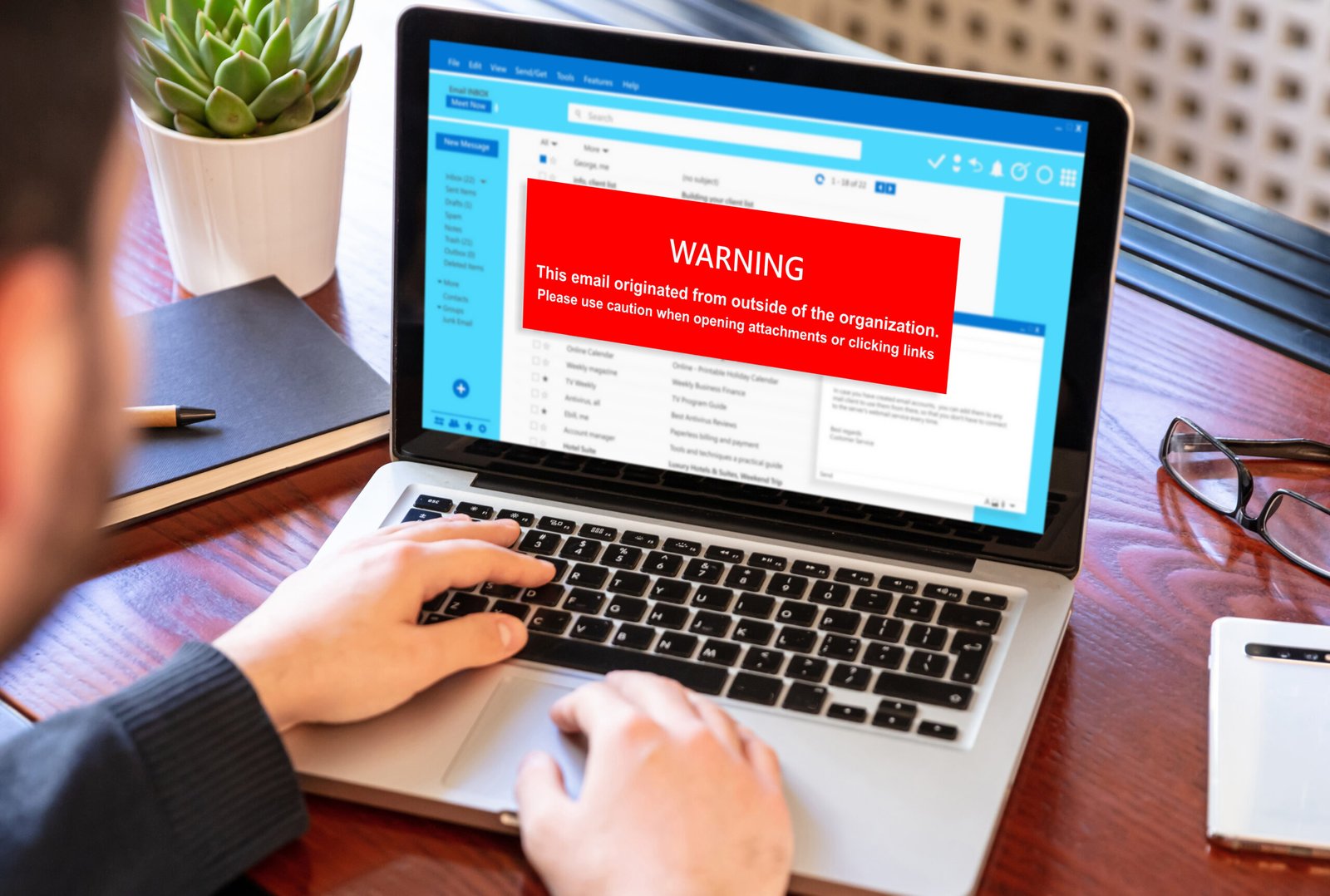
Signs of a Phishing Email
Recognizing a phishing email is crucial to avoid falling victim. Here are some key indicators to watch for:
Suspicious Links: Always hover over links without clicking to see where they actually lead. Phishing links often lead to websites with URLs that do not match the legitimate service.
Unknown or Suspicious Sender: Email addresses can be altered to resemble legitimate businesses, but they often contain subtle errors.
Poor Grammar and Spelling: Even as attacks become more sophisticated, poor grammar and spelling mistakes remain common indicators.
Exaggerated Urgency: The email might insist on immediate action, such as clicking a link or providing information, to prompt a quick and careless reaction.
Different Types of Phishing in 2024
Phishing has evolved and takes various forms in 2024, each targeting users through different means. Here are the main methods:
Email Phishing
Email phishing remains the most common method. Cybercriminals send fraudulent emails, posing as trusted companies or institutions, to trick victims into sharing sensitive information.
Smishing (SMS Phishing)
Smishing uses fraudulent SMS messages to deceive victims. These messages often contain malicious links or requests for personal information under the pretext of urgency, making it difficult to distinguish between a legitimate message and a scam.
Vishing (Phone Phishing)
Vishing is a technique where attackers use phone calls to convince victims to disclose confidential information. They often pose as customer service representatives or financial institutions, using psychological pressure to obtain what they want.
Social Media Phishing
Social media platforms are increasingly used for phishing. Cybercriminals create fake profiles or impersonate existing contacts to send malicious messages or fraudulent links, exploiting the trust users place in their friends and networks.

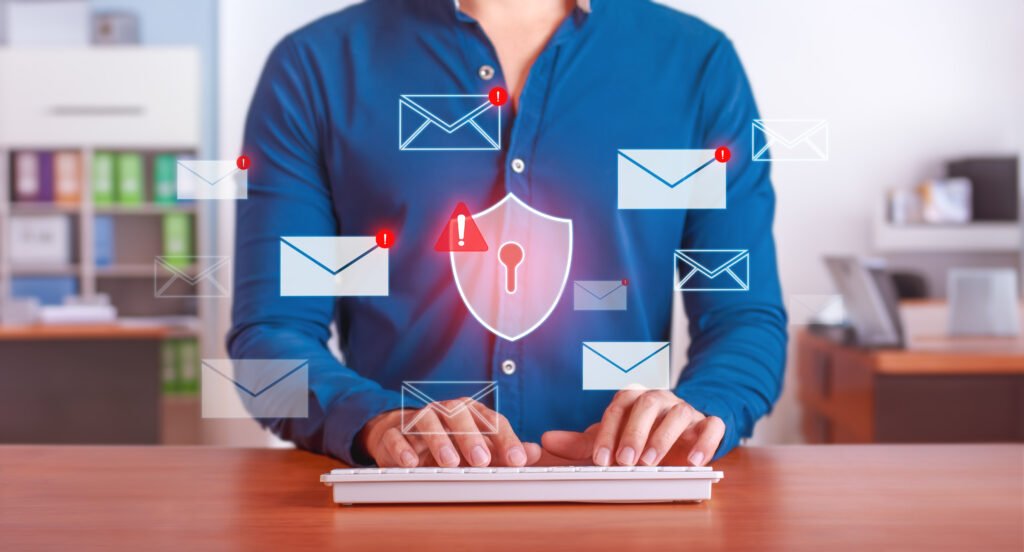
How to Protect Yourself Against Phishing
Protection against phishing relies on a combination of vigilance and best practices:
Educate Yourself and Others: Awareness is key. The more you know about phishing tactics, the better prepared you’ll be to detect and avoid them.
Verify the Sender: Always ensure the authenticity of the email address or phone number before responding to a message.
Don’t Click on Suspicious Links: Be particularly cautious with links in unsolicited emails or messages. Use alternative methods to access the site if necessary.
Use Security Software: Keep your antivirus and firewall software up to date to protect your devices from attacks.
Be Skeptical: When in doubt, contact the entity directly through official means to verify the authenticity of the message.
What to Do in Case of Phishing
If you suspect you’ve been targeted by a phishing attack, it’s essential to act quickly to minimize potential damage:
Report the Email or message to the appropriate service, such as your email provider, to help combat cybercriminals.
Do Not Respond or Click on Any Links in the suspicious email or message. Avoid further interaction.
Change Your Passwords immediately for the affected accounts, using strong and unique passwords for each service.
Report the Incident to your bank or the relevant service so they can monitor for suspicious activity and protect your information.
Monitor Your Accounts for any unusual activity and take corrective measures quickly.
Reach out to a professional service that specializes in identifying scammers and recovering your funds.
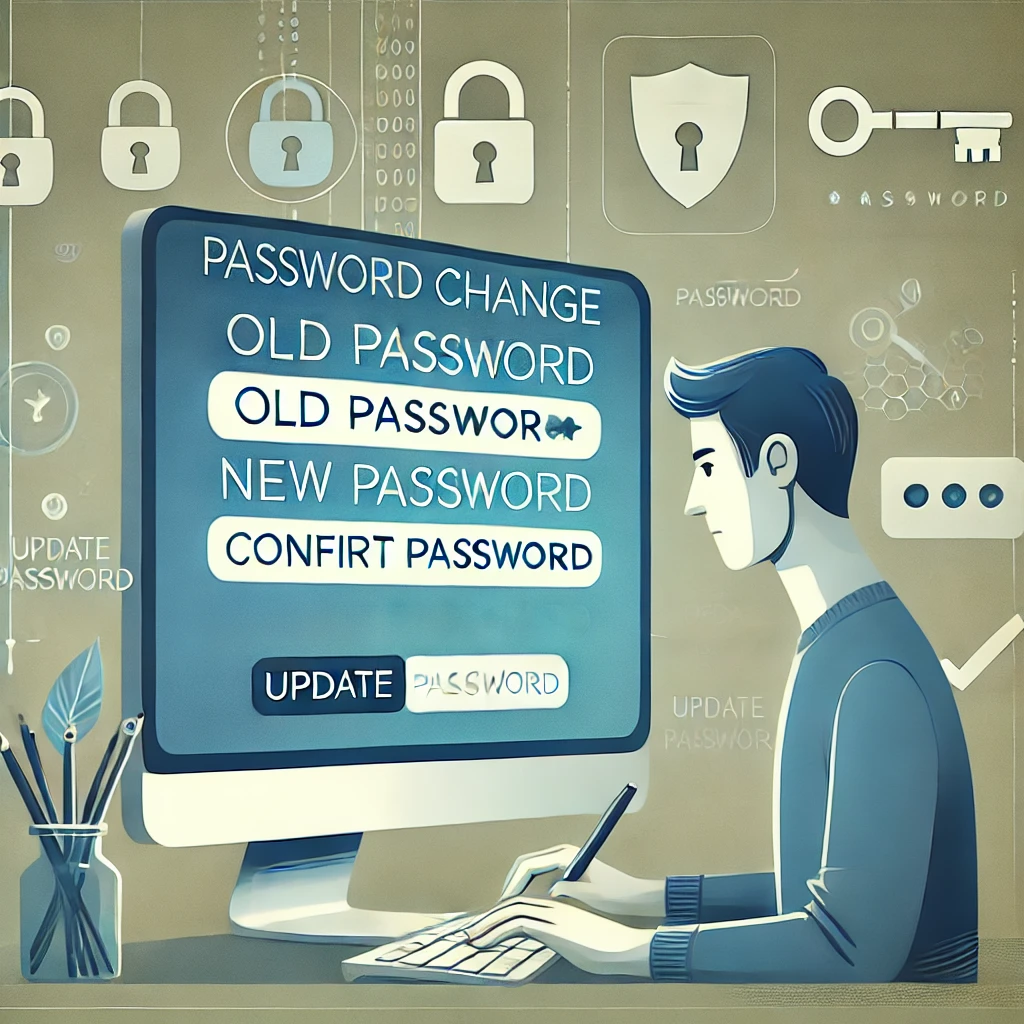

Case Studies: Recent Examples
A recent case highlights the impact of phishing in a professional environment. A company was targeted by an email phishing attack, where an employee received a message that appeared to come from a regular supplier. The message requested immediate payment of an invoice. Unfortunately, the employee followed the instructions, and the company lost a significant amount of money before realizing they had been scammed.
Conclusion
Phishing remains a persistent and evolving threat, but by staying informed and vigilant, you can protect yourself and your loved ones from these attacks. Share this article with your friends and colleagues to raise awareness of the dangers of phishing in 2024 and beyond.

Laisser un commentaire